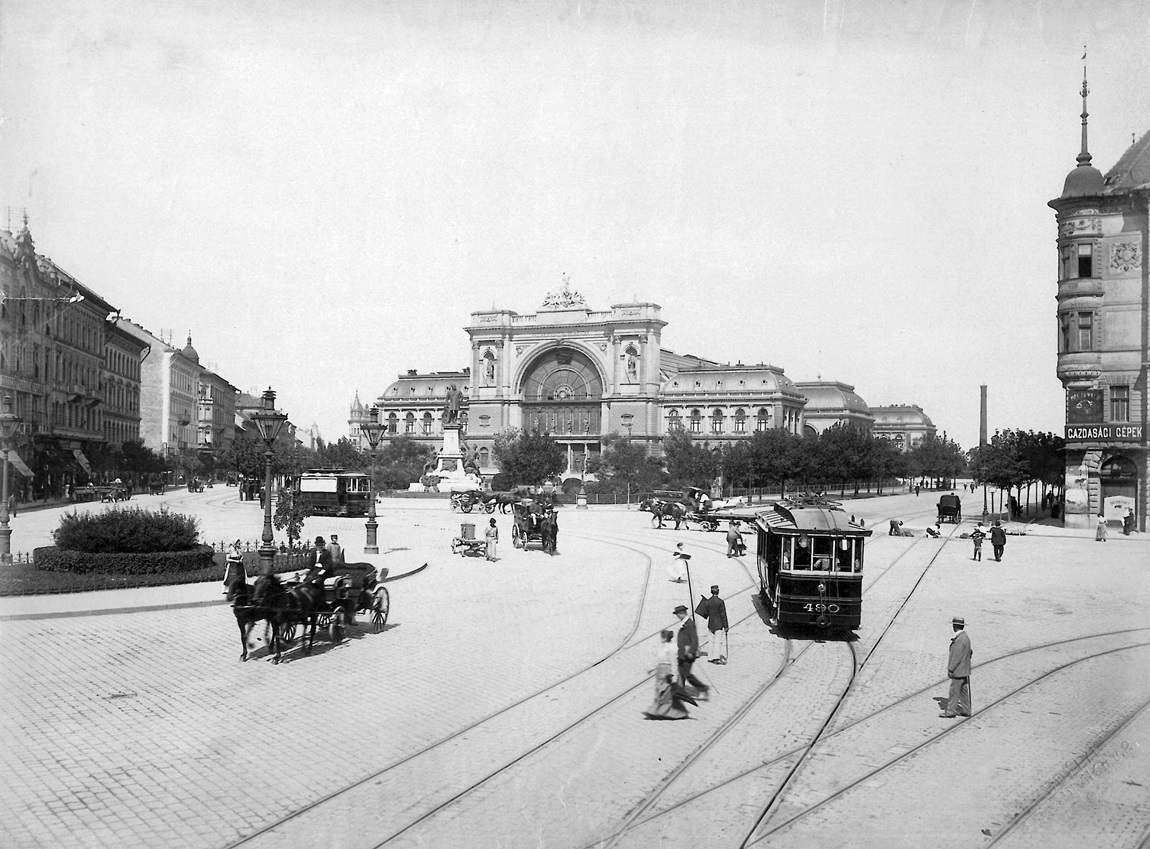 Transphoto
Transphoto
Kuvat julkaistaan sellaisina kuin ne ovat eikä niiden tarkoitus ole tukea kenenkään/minkään tahon poliittista tai ideologista asemaa.
Kaikki aineisto on peräisin käyttäjiltä eikä kerro sivuston ylläpidon mielipiteistä.

<
>

 Transphoto Transphoto
|
|
Kuvat julkaistaan sellaisina kuin ne ovat eikä niiden tarkoitus ole tukea kenenkään/minkään tahon poliittista tai ideologista asemaa. Kaikki aineisto on peräisin käyttäjiltä eikä kerro sivuston ylläpidon mielipiteistä. 
<
>

|
 Miskolc Kuvauspäivä: 1903 v.
Miskolc Kuvauspäivä: 1903 v.TilastotÄänestys
Arviot: +15
Pysyvä linkki tähän kuvaan |
Budapest, BKVT D (Schlick) # 490
Kommentit · 6KommenttisiÄlä keskustele poliittisista aiheista tai sinut estetään kuukaudeksi.
Sinun on kirjauduttava sisään kirjoittaaksesi kommentteja. | ||||||||||||||||||||||||||||||||||||||||||||||||
| Etusivu Foorumi Käyttöehdot Ylläpito Mobiilisivusto Tumma tila © TransPhoton ylläpito ja kuvaajat, 2002—2024
Minkä tahansa sivuston kuvan käyttö ilman kuvaajan lupaa on kielletty. |
Linkki